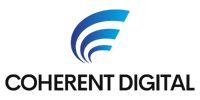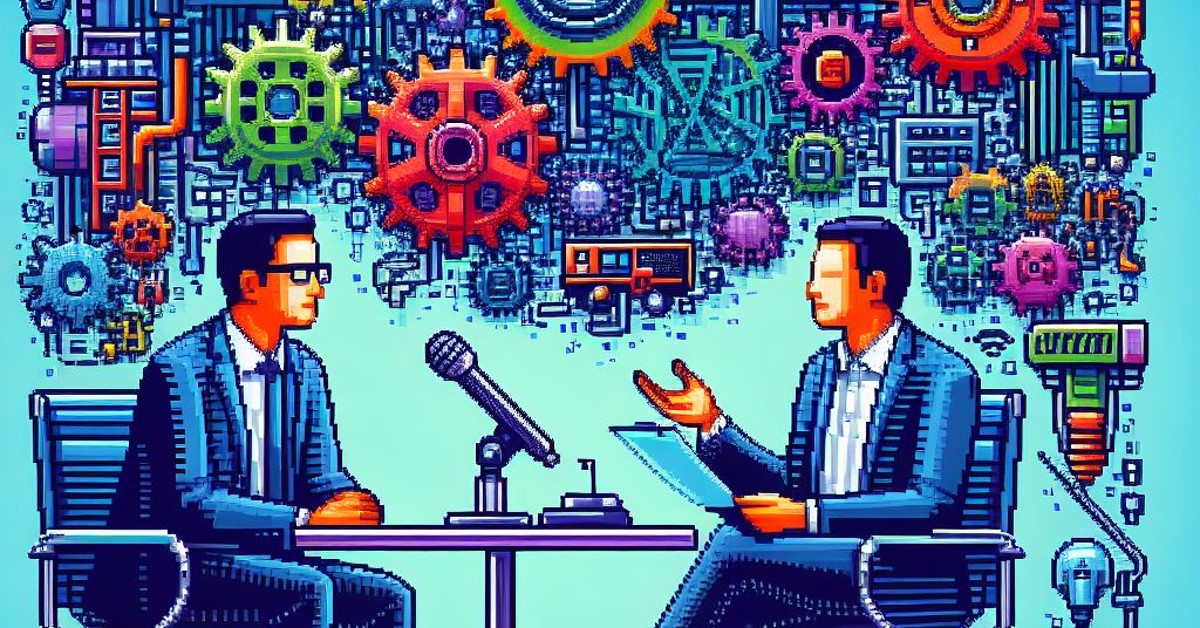Bridging the Gap: Overcoming IT/OT Integration Hurdles
Explore the challenges and benefits of IT/OT integration in Industry 4.0.
 What is IT/OT Integration?
What is IT/OT Integration?
In manufacturing context, IT/OT integration refers to the convergence of Information Technology (IT) and Operational Technology (OT) within a factory. For companies with multiple operating locations, the IT/OT integration concept will span across the company’s value chain. But what is IT/OT integration really?
We can start by examining how IT assets and OT assets exist in a factory environment.
Information Technology (IT)
IT encompasses servers, networks, software, and cybersecurity used for business processes, data management, and communication. Everyone in the company is a user of IT assets: laptops and mobile devices, office software, enterprise systems such as ERP, CRM, HRM, collaboration technologies, etc.
Usually, the custody of IT assets in the company belongs to the IT division, led by a Chief Information Officer (CIO) or Head of IT. The IT division has the mandate to optimize IT asset lifecycle cost and reduce risk to the lowest acceptable level.
Operational Technology (OT)
OT are technical systems for monitor, control, and optimize physical processes at the processing area (shopfloor), storage (warehouse), pipelines and energy systems. Examples of OT include sensors, actuators, control systems and supervisory systems (HMI/SCADA). Modern machines on the shop floor come with sensors, motors, actuated valves, logic controllers, indicators, and HMI panels. Each machine automates different physical tasks (mixing, baking, filtering, cutting, extruding, chemical reaction, etc.). It is common to find machines from different countries on the same shop floor. The OT asset lifecycle will be no less than 10 to 15 years, we will find legacy systems still working along with the newer systems.
The custodians of OT assets are engineering and maintenance division, and they serve the production teams. Engineering and maintenance strive to prolong the asset life, avoid unplanned equipment downtime, reduce maintenance expenses, all this while ensuring safety of human, asset, and environment.
Defining IT/OT Integration
Enterprise architects usually refer to ISA 95 reference model for designing the blueprint for connecting enterprise systems to control systems in a factory. In the ISA 95 reference model, IT is visually represented as the capstone of a pyramid, whereas OT is situated at the bottom of the pyramid. The term vertical integration, alias for IT/OT integration, comes from the ISA 95 pyramid model.
Benefits of IT/OT Integration
In order to deliver finished goods according to the production plan, various department (production control, warehouse, operation, maintenance, laboratory, etc.) in the factory must execute their task flawlessly using IT and OT systems. In the ideal world where IT and OT are integrated, the factory can expect higher efficiency, greater flexibility, and lower unit cost. The benefits are attainable due to automation of workflows across department, reduced errors, and improved decision-making (driven by data). We will eliminate manual data entry and data recording on paper chits in an integrated IT/OT environment.
In the area of logistics and distribution, warehouse automation and inventory management, fleet management, tank farm management can be improved by IT/OT integration.
Why IT/OT Integration is not common?
If IT/OT integration is beneficial to the company, why is that IT/OT integration is still uncommon among the factories?
Global Benchmark for IT/OT Integration
According to a global benchmarking study published by World Economic Forum and Economic Development Board of Singapore, the best-in-class factories of the world (the top 10% of the dataset) are approaching the integrated level for vertical integration. Furthermore, 80% of the factories are only at halfway point towards digital level.
Taking cue from this statistic, I can infer majority of factories are still facing a disconnect between the IT and OT systems. Throughout my professional life as a consultant and system integrator, I can attest to the real situation depicted by World Economic Forum.
In essence, the absence of IT/OT integration can be traced back to two intertwined factors: the operational model and system interoperability.
Operating Model
An operating model represents how an organization structures its processes, resources, and capabilities to deliver value. It encompasses how work gets done, roles and responsibilities, technology, and governance.
If a company is satisfied with its current operating model, supported by disparate IT and OT systems, there is no business case and reason to upgrade.
For example, a building material company adopts made-to-stock production strategy, the production are run on a fixed capacity all the time. In this situation, despite pain points on end-to-end real time visibility, there tangible business impact from IT/OT integration is weak.
Maintaining status quo is a decision to do nothing because there is no need. It could be an informed decision, or a decision paralysis due to complexity of changing the operating model.
System Interoperability
System interoperability is the ability of systems to exchange information with one another. For IT systems to exchange data with OT systems, both sides must be compatible with each other. An IT system could be an application software hosting on a computer (on-prem server or cloud server); an OT system can be a computer or logic controller.
Both systems must support at least one common machine language (industrial communication protocols) over a standard network (e.g. wired or wireless ethernet, or internet over mobile network).
Many industries still rely on legacy OT systems that are not designed for integration with modern IT technologies. Upgrading or replacing these systems can be a complex and costly process. The technical challenges of upgrading OT systems and the high capital cost, often prohibits companies from taking actions.
The limitation could also stem from IT systems, such as legacy ERP software. Often companies went for ERP modernization rather than OT upgrades because ERP system is closer to management and financial workflows. Fortunately, advancements in Industry 4.0 technologies like IoT and open industrial communication standards have significantly reduced the obstacles to investing in IT/OT integrations.
Unintended Consequences of IT/OT Integration
In the lines of system interoperability, integration of systems also introduced higher cybersecurity risks. When IT domain and OT domain are disconnected, we only need to deal with cyber risk of the domains separately.
When integrated, the cybersecurity strategy and governance will need to be revamped to cover the new gaps and eliminated overlaps.
Way forward
At this stage, it's clear that addressing these challenges requires a holistic approach involving technology investments, operating model, and cybersecurity strategies.
What benefits can a company expect to reap from this initiative? Did we ask the right questions and apply the right analysis for addressing the IT/OT integration challenges? What would be the next steps after migrating ERP to cloud and implementing a MES system? What if IT/OT integration give us the courage to reimagine our future operating model?
It is not too late to evaluate your IT/OT integration strategy and roadmap using independent frameworks such as Smart Industry Readiness Index (SIRI).
As Industry 4.0 continues to evolve, IT/OT integration will remain a critical enabler of digital transformation, helping industries unlock new levels of efficiency, innovation, and competitiveness.
Notes
- The Manufacturing Transformation Insights Report for 2022 has been unveiled as part of the Global Smart Industry Readiness Index (SIRI) initiative. This global benchmarking project is spearheaded by the World Economic Forum in partnership with the Singapore Economic Development Board (EDB).
- Vertical Integration is one of the 16 dimensions assessed under the Smart Industry Readiness Index (SIRI) framework. Each dimension is rated from band 0 to 5, with the higher order representing greater maturity level.

 By
By

